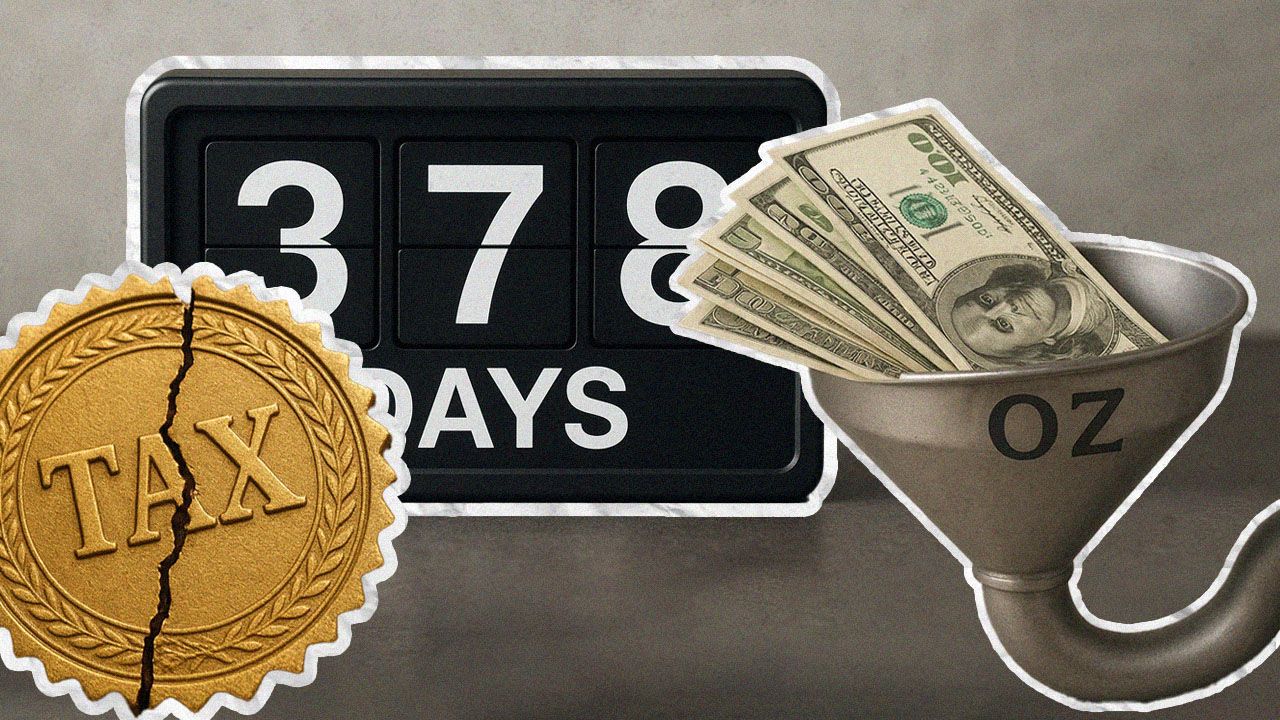The Housing Market Paradox: Fewer Buyers, Sky-High Prices
Jul 24, 2025
Written by David Dodge
The U.S. housing market in July 2025 is a strange beast: sales are tanking, yet prices keep climbing. Existing home sales hit a nine-month low of 3.93 million units, down 2.7% from May, while the median home price reached $435,300, up for 24 straight months. Why are fewer homes selling at record-high prices? Let’s unpack this market mess and see what’s driving buyers away, keeping prices sky-high, and shaking up the economy.
Why Buyers Are Backing Off
June is typically prime time for homebuying, with families rushing to move before summer ends. Not this year. The National Association of Realtors (NAR) reports existing home sales—single-family homes, condos, and townhouses—dropped to their slowest pace since September 2024. This follows 2024’s grim tally of 4.06 million sales, the lowest in nearly 30 years.
The culprit? High costs. Mortgage rates are near 7%, with the 30-year fixed at 6.75% as of July 17, per Freddie Mac. That’s double the 3% rates from the pandemic era, adding hundreds to monthly payments for a $435,300 home. Pending sales fell 3.5% year-over-year in early July, signaling more trouble ahead. First-time buyers, usually 40% of the market, made up just 30% of June purchases, priced out by a market that feels out of reach.
Prices Keep Climbing: The Supply Trap
Despite the sales slump, home prices refuse to budge. June’s median price of $435,300 is up 2% from last year’s $426,900. Why? Too few homes. Inventory is at 1.53 million homes, a 4.7-month supply—up from last year but below the 5-6 months of a balanced market. Homeowners with low-rate mortgages from years ago aren’t selling, and new construction isn’t filling the gap. Cash buyers, 29% of June sales, keep pushing prices up. The West leads with a median price of $636,100, followed by the Northeast ($543,300), Midwest ($337,600), and South ($374,500).
The Affordability Crunch
This isn’t just a market hiccup—it’s an affordability crisis. NAR’s Lawrence Yun points to years of low supply as the price driver, but there’s more. Home prices are up nearly 50% in five years, and property taxes and insurance have risen 24% since 2020. In Denver, a $593,000 median home with a 7% mortgage means a $3,700 monthly payment—42% of median income, well above the 29% affordability norm. First-time buyers, stuck at 30% of the market, are often forced to rent or relocate.
What This Means for Buyers, Sellers, and the Economy
This market’s ripple effects hit everyone. Here’s who’s feeling it and how:
| Stakeholder | What’s Happening | Implication |
|---|---|---|
| Buyers | Facing high rates and prices | Many pause or exit, as 7% mortgage rates inflate payments. |
| Sellers | Holding out for high offers or pulling listings | Fewer homes for sale, as low-rate mortgage holders stay put. |
| Builders | Offering discounts to move unsold homes | New builds are cheaper than resale in some areas, as builders cut prices. |
| Economy | Housing drags on residential investment | Low sales may soften GDP growth in Q2 2025, as housing stalls mobility. |
Sources: Barron’s, AP News, Business Insider, MarketWatch, Reuters
Regional Twists and Turns
Some markets are starting to shift. Denver’s inventory jumped 64.9% year-over-year, with prices down 0.1% annually. Analysts predict a 9.1% price drop in Denver over the next year. In Texas, Dallas-Fort Worth and Austin saw inventory rise 67% and 20%, with Austin’s prices down 23% from June 2022. Nationally, 20.7% of June listings cut prices, the highest for June since 2016. But the Northeast, with an 8% sales drop from May to June, still sees rising prices due to low supply. The South, despite a 21% drop in new home sales in May, remains expensive, though new builds help.
What’s Next?
Can this market break free? NAR’s Yun says a 6% mortgage rate could add 500,000 sales, including 160,000 first-time buyers. But with rates near 7% and tied to the 10-year Treasury yield, relief isn’t close. Economic uncertainty keeps buyers wary, and sellers won’t budge from their low-rate mortgages.
Still, there’s hope. Mortgage applications rose 9% in early July as rates hit 6.67%, and “homes for sale” searches are at a one-year high. Touring activity is up 25% since January. But Meredith Whitney warns of a dire year if sales stay near 4 million. Buyers should eye markets like Oakland or Jacksonville, where prices are softening. Sellers may need to cut prices, as 20.7% of June listings did.
The Bigger Picture
This market isn’t just about homes—it’s about opportunity. Low sales signal less economic mobility, with fewer families moving up. The affordability crisis locks out young and lower-income buyers, and rising foreclosures in Texas and Florida hint at cracks. As 2025 rolls on, will rates drop to spark demand, or will high prices and low sales keep the market stuck? The American Dream of homeownership hangs in the balance.
Conclusion: A Dream at a Crossroads
The U.S. housing market stands at a pivotal moment, caught between sky-high prices and a chilling sales freeze that threatens the core of the American Dream. As foreclosures creep up and economic mobility stalls, the gap between those who can afford to buy and those locked out grows ever wider. Will a drop in mortgage rates to 6% spark a revival, or will inventory surges in places like Denver and Austin force prices down? The stakes are high—not just for buyers and sellers, but for an economy teetering on the edge of a housing-driven slowdown. As 2025 unfolds, one thing is clear: the path to homeownership is no longer a straight road but a daunting climb, and the nation’s future hinges on whether it can be scaled.







